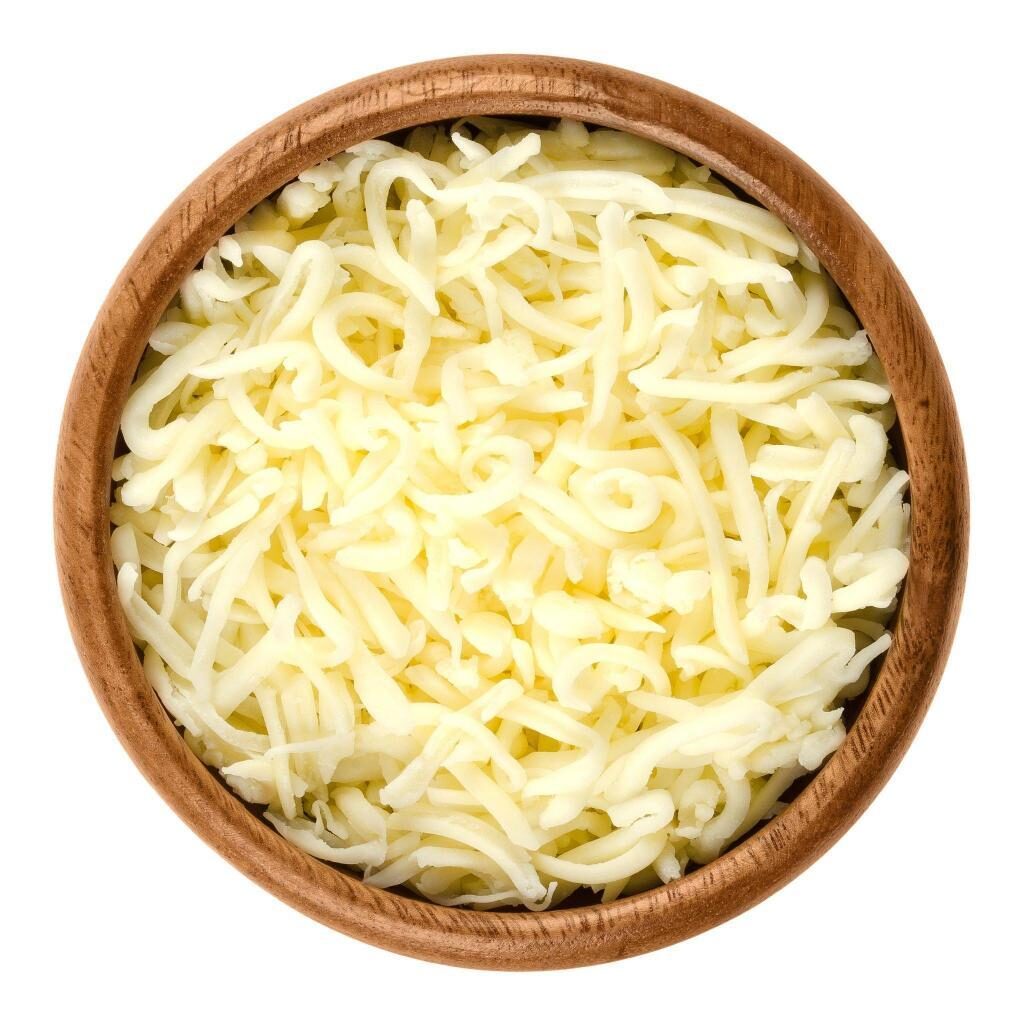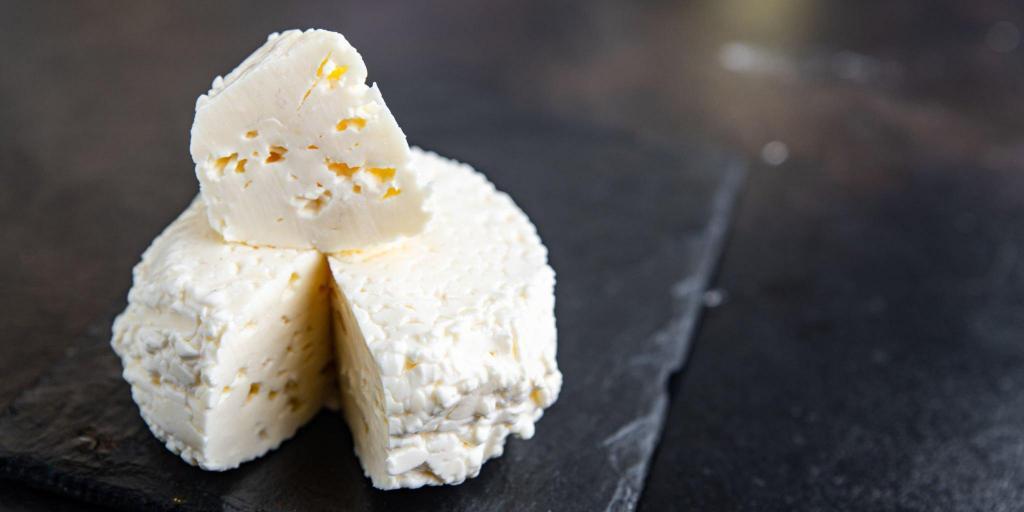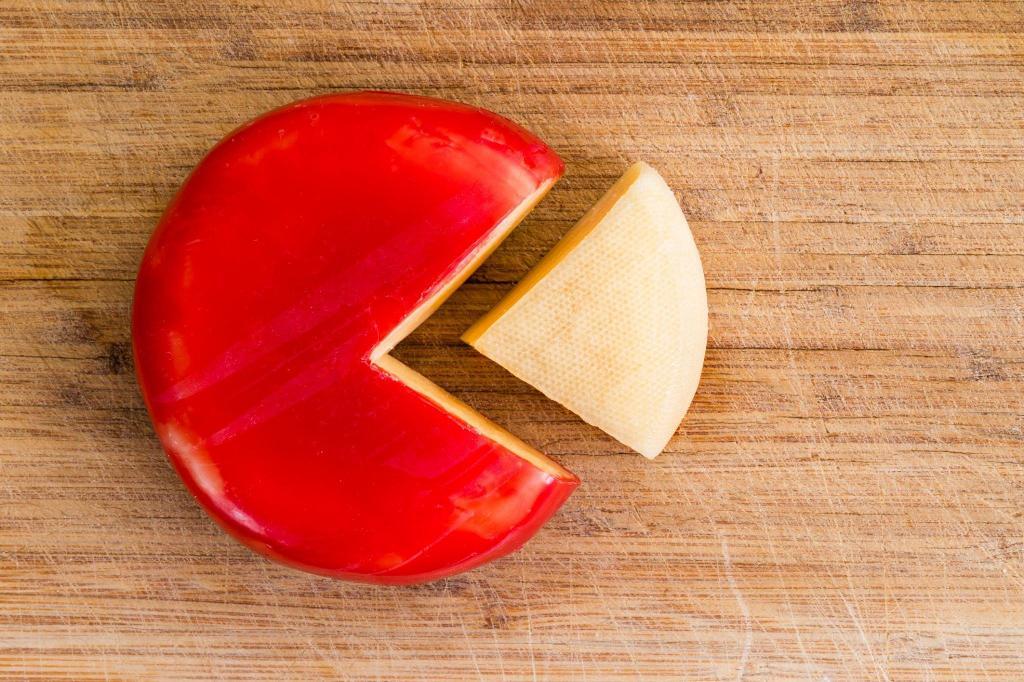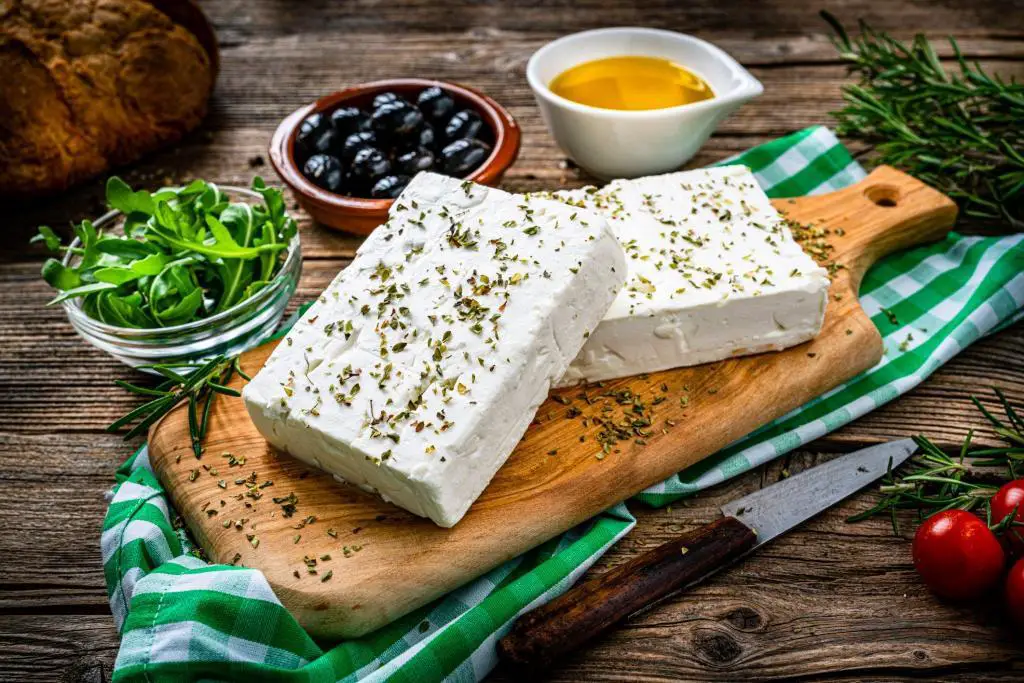What Cheese To Use for a Perfect Homemade Pizza? No More Soggy Crusts

Say goodbye to soggy pizza crusts and hello to a perfectly melted and delicious pie with our guide to choosing the right cheese for your homemade pizza.
Knowing where to begin can be overwhelming due to the abundance of options. But don’t worry, we’ve got you covered with insider tips and tricks on selecting the best cheese for your pizza creation.
So what cheese should I use for a perfect homemade pizza? Classic cheeses like mozzarella and parmesan are still the most popular options. You can experiment with and learn about unusual and blended cheeses such as gouda, fera, and Mexican cheese blends.
This post will help you make sure your homemade pizza is always a hit, whether you like the classic mozzarella or want to try something new.
The Importance of Choosing the Right Cheese for Homemade Pizza
Choosing the right cheese for your homemade pizza can make all the difference in the taste and texture of the final product. From mozzarella to gouda, each cheese offers its own unique flavor and melting characteristics. We’ll talk about why it’s important to choose the right cheese for your pizza and how it can make your dish taste and feel better overall.
The first step in choosing the right cheese for your pizza is to understand the different types of cheese available. For example, mozzarella is a classic choice for pizza because it has a mild taste and melts easily, giving your pizza a creamy, gooey texture. On the other hand, gouda is a semi-hard cheese with a nutty flavor that is perfect for adding depth and complexity to your pizza.
The next factor to consider is the amount of cheese you use. Too much cheese can overpower the flavor of the other ingredients and make your pizza greasy, while too little cheese can leave your pizza dry and flavorless. Striking the right balance is key to achieving a delicious and perfectly melted pizza.
Last thing, the type of cheese you choose can also affect the cooking time and temperature of your pizza. For example, mozzarella cheese browns at a lower temperature than other cheeses, making it a great choice for a crispy, thin-crust pizza. On the other hand, gouda cheese can withstand higher temperatures, making it perfect for a thicker-crust pizza.
Classic Cheese for Homemade Pizza
When it comes to making a classic homemade pizza, there are a few cheese options that are tried and true. These cheeses have been used for years to create delicious and satisfying pizza pies, and for good reason.
1. Mozzarella

Mozzarella is the most commonly used cheese for pizza, and for good reason. Its mild flavor and stretchy texture make it a great choice for topping any pizza. It melts beautifully and provides a creamy, gooey texture that is sure to please. Additionally, mozzarella is readily available and affordable, making it a great option for anyone who wants to make pizza at home.
| Read: What Should I Do If My Mozzarella Cheese Smells Like Feet? |
2. Parmesan

Parmesan is a hard, salty cheese that is often used as a topping for pizza. Its nutty and salty flavor adds depth and complexity to the overall flavor of the pizza. Parmesan is a great choice for pizza lovers who like a stronger, more intense flavor. It has a flavor that is strong and sharp and is sure to please.
| Check out: Can You Eat Moldy and White Parmesan? |
3. Romano

Romano cheese is similar to parmesan in that it is a hard, salty cheese. It has a more intense and slightly sharp flavor, making it a good choice for those who prefer a bold taste in their pizza. Romano also adds a delicious crunch to the pizza when grated, making it a great option for those who like a crispy crust.
Pros and Cons of Using Classic Cheese for Homemade Pizzas
The main benefit of using classic cheeses for homemade pizza is that they are easy to find, cheap, and have been proven to make tasty pizza. However, the downside is that these cheeses can be quite bland, especially compared to some of the more unique cheese options. In addition to that, some classic cheese options, such as parmesan, can be quite salty, which may not be to everyone’s liking.
Unique Cheese for Homemade Pizza
For those looking to add a little extra flavor and excitement to their homemade pizza, there are plenty of unique cheese options to choose from. These cheeses offer a distinct flavor profile that can add depth and complexity to any pizza, making them a perfect choice for those who want to try something new and delicious.
1. Gouda

The semi-hard cheese known as Gouda comes from the Netherlands. It has a nutty and slightly sweet flavor, making it a great choice for those who want to add a touch of sweetness to their pizza. Gouda also has a creamy texture when melted, which makes it a great option for those who like a smooth and creamy pizza.
2. Feta

A salty, crumbly cheese traditionally made from sheep’s milk, feta. It has a tangy and slightly sour flavor, making it a great choice for those who like a more acidic taste in their pizza. Feta is also a good option for those who like to add a bit of texture to their pizza, as its crumbly texture provides a nice contrast to the creamy cheese and sauce.
3. Brie

Brie is a soft and creamy cheese that originates from France. It has a slightly sweet and nutty flavor, making it a great option for those who like a mild and creamy cheese on their pizza. Brie is also a great option for those who like to add a bit of richness to their pizza, as its creamy texture provides a rich and indulgent taste.
Pros and Cons of Unique Cheese Options
The main advantage of using unique cheese options for homemade pizza is that they offer a unique and delicious flavor profile that can make any pizza truly special. However, the downside is that these cheeses can be more difficult to find and more expensive than classic cheese options. Some unique cheese options, such as feta, can be quite salty, which may not be to everyone’s liking.
Blend of Cheese for Homemade Pizza
Blended cheese options are a great choice for those who want the best of both worlds: the flavor and texture of classic cheese options combined with the excitement of unique cheese options. These blends often offer a well-balanced flavor profile that is sure to please any palate.
1. Four Cheese Blend
A four-cheese blend typically includes mozzarella, parmesan, romano, and another cheese such as fontina or asiago. This blend offers a mix of classic cheese options, combined with the unique flavor of another cheese.
This blend is great for those who want a well-balanced and delicious cheese blend that provides a bit of everything: a creamy texture from mozzarella, a sharp and salty taste from parmesan and romano, and a unique flavor from the fourth cheese.
2. Mexican Blend

A Mexican blend typically includes cheddar, jack, and asadero cheese. This blend is great for those who want a spicy, flavorful cheese for their pizza. The cheddar provides a sharp and tangy flavor, while the jack cheese adds creaminess. Asadero is a Mexican cheese that adds a slightly spicy and nutty flavor to the blend.
Pros and Cons of Blended Cheese Options
The main advantage of using blended cheese options for homemade pizza is that they offer a well-balanced flavor profile that is sure to please any palate. Additionally, blended cheese options can be easier to find and more affordable than some unique cheese options. The downside is that blended cheese options may not offer as much excitement or flavor variety as some of the more unique cheese options.
How Do You Keep Homemade Pizza Crust From Getting Soggy?
A soggy pizza crust can be a huge letdown, ruining what should be a perfectly crispy and delicious meal. But there are a few easy things you can do to keep the crust from getting soggy when you make pizza at home. One of the most important things is to use a pizza stone or perforated pizza pan.
A pizza stone is a flat, oven-safe stone that is placed in the oven to help your pizza cook evenly. The stone soaks up the heat from the oven and sends it back to the pizza, making the crust crispier and crunchier. Also, the stone’s porous surface will soak up any moisture that collects on the bottom of your pizza, keeping the crust from getting soggy.
A perforated pizza pan is similar to a pizza stone, but it has holes or slots in the surface to allow steam to escape. This helps to keep the crust crisp and crunchy, preventing it from becoming soggy. The holes or slots in the surface also let any extra water drain away, keeping your pizza crispy and tasty.
Using a pizza stone or perforated pan is just one step in the quest for the perfect pizza crust. It’s also important to use the right type of flour, yeast, and toppings, and to cook your pizza at the right temperature for the right amount of time. With a little bit of experimentation and attention to detail, you can create a delicious, crispy pizza crust that will keep you coming back for more.
| Also see: Can You Reheat Frozen Pizza Twice? |
Why Is My Homemade Cheese Not Melting?
A cheese’s ability to melt is a crucial aspect of its culinary appeal, and there are several reasons why your homemade cheese may not be melting the way you want it to. Here are some of the most common reasons and what you can do to fix them.
The first, and perhaps most important, factor that affects a cheese’s ability to melt is its moisture content. A cheese with more moisture will have more loosely packed milk proteins, which will separate more easily when heated.
This is why some cheeses, like mozzarella or cheddar, melt beautifully while others, like feta or goat cheese, do not. To get your homemade cheese to melt better, try increasing the moisture content by adding a small amount of water, milk, or cream to the recipe.
Another factor that can affect a cheese’s melting ability is its fat content. Cheeses with a higher fat content tend to melt better, while those with a lower fat content tend to become rubbery or grainy when heated. To get a smoother, creamier melted cheese, try adding some extra cream or butter to your recipe.
The type of cheese you are making can also affect its melting ability. Some cheeses, like Swiss or Provolone, are designed to melt well, while others, like blue cheese or Parmesan, are not. If you’re not sure which type of cheese you’re making, you can look for recipes or consult a cheese-making guide for advice.
Finally, the temperature and cooking time of your cheese can also affect its melting ability. To get the best results, you should heat your cheese slowly over low heat and avoid overcooking it, which can cause it to become rubbery or grainy.
Conclusion
In conclusion, if you want your homemade pizza to be tasty and satisfying, you need to choose the right cheese. Whether you prefer classic cheese options like mozzarella and parmesan, unique cheese options like blue cheese and gorgonzola, or blended cheese options like a four-cheese blend and Mexican blend, it’s important to consider the flavor, texture, meltability, and overall quality of the cheese.
If you follow these tips, your homemade pizza will have the right amount of cheese on top, and the crust won’t be soggy. So, the next time you make homemade pizza, experiment with different cheese options and find the perfect cheese for you.






